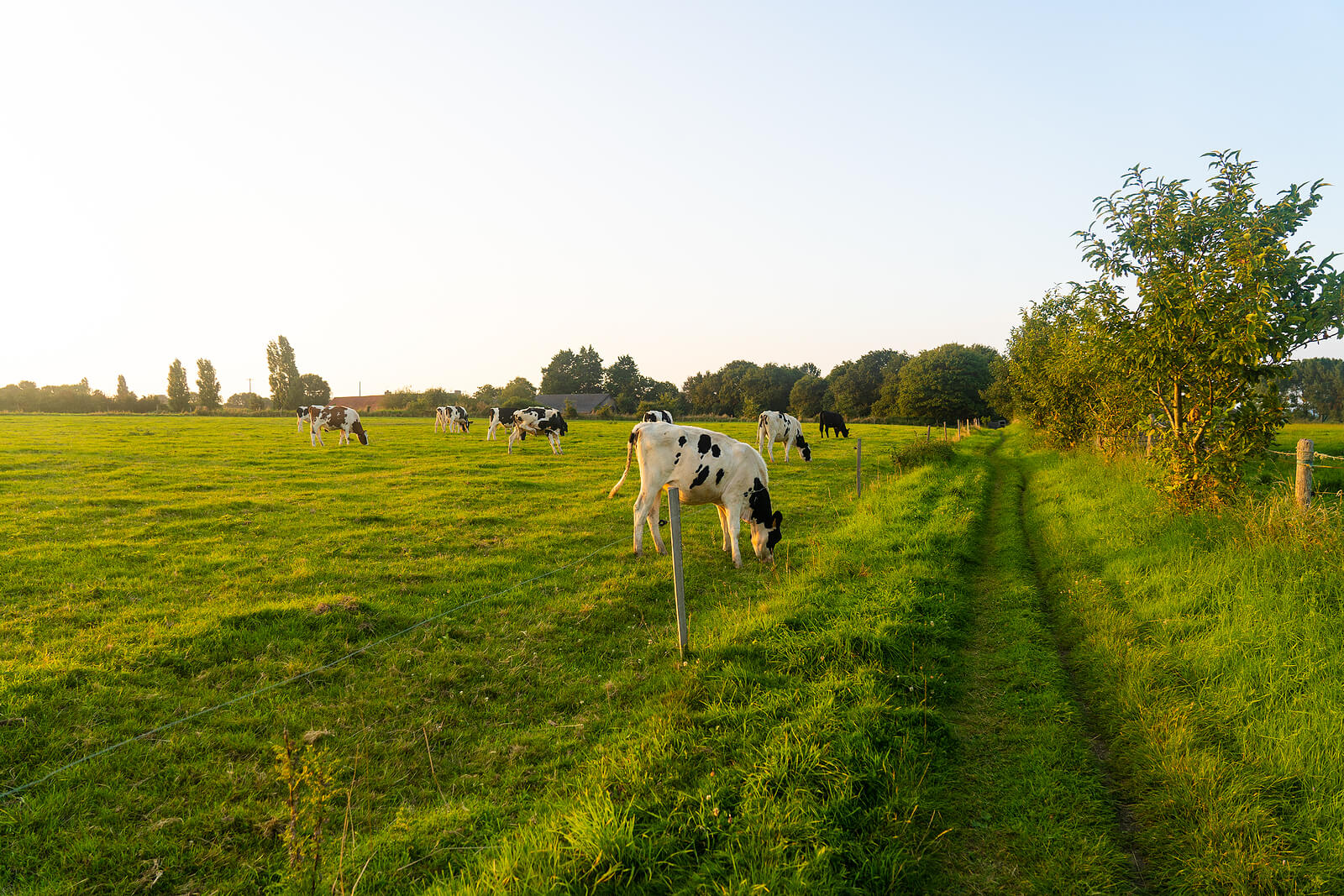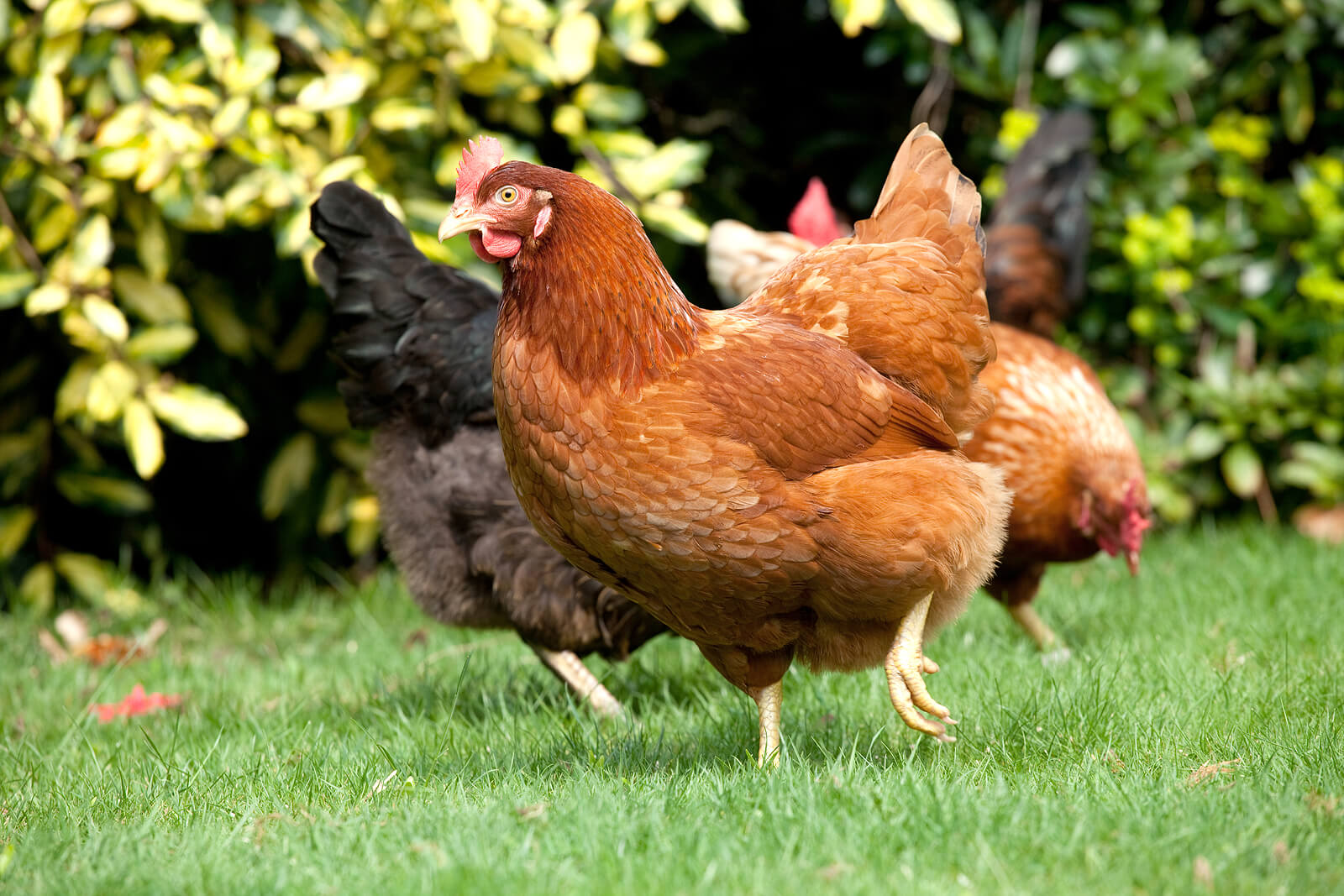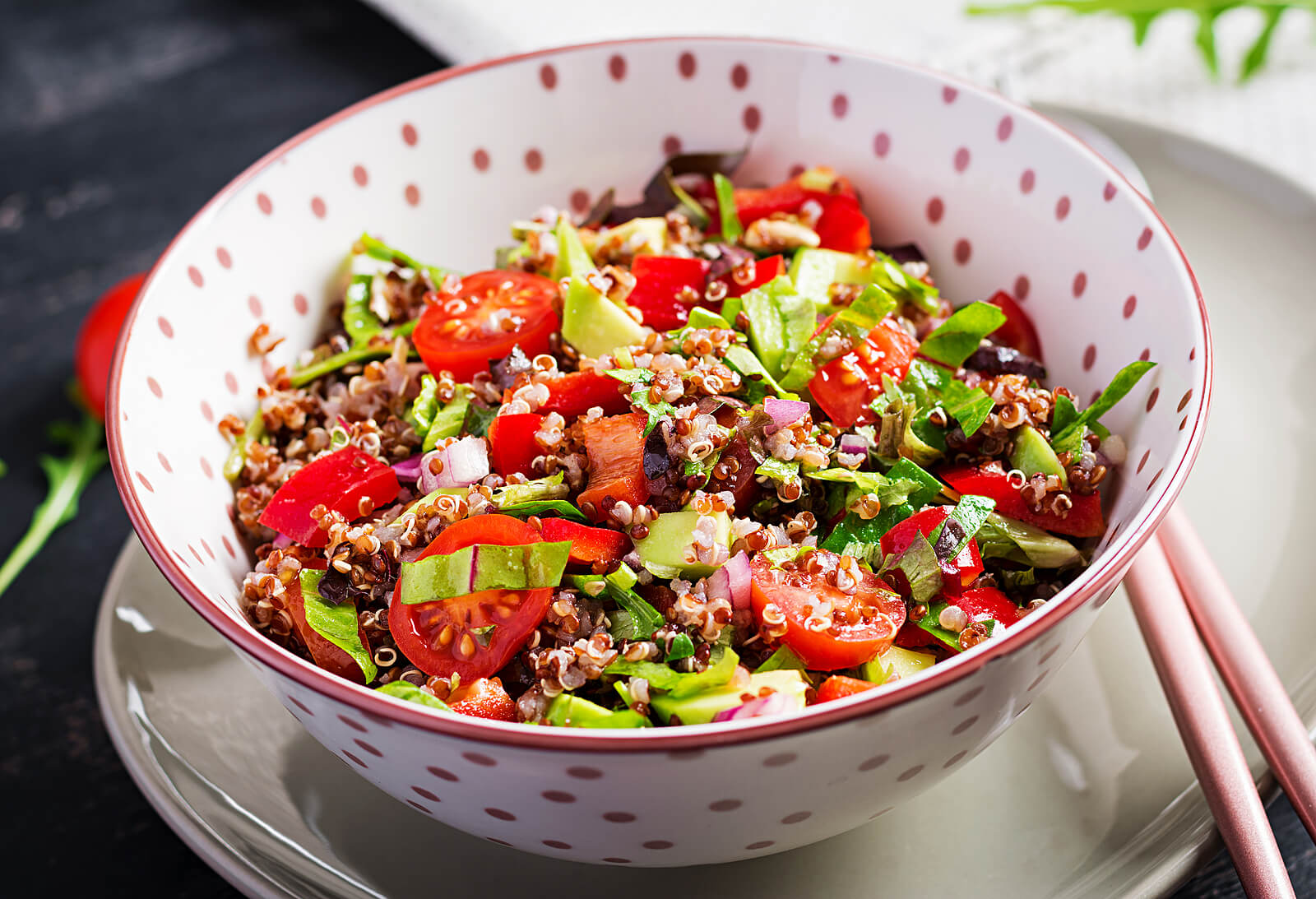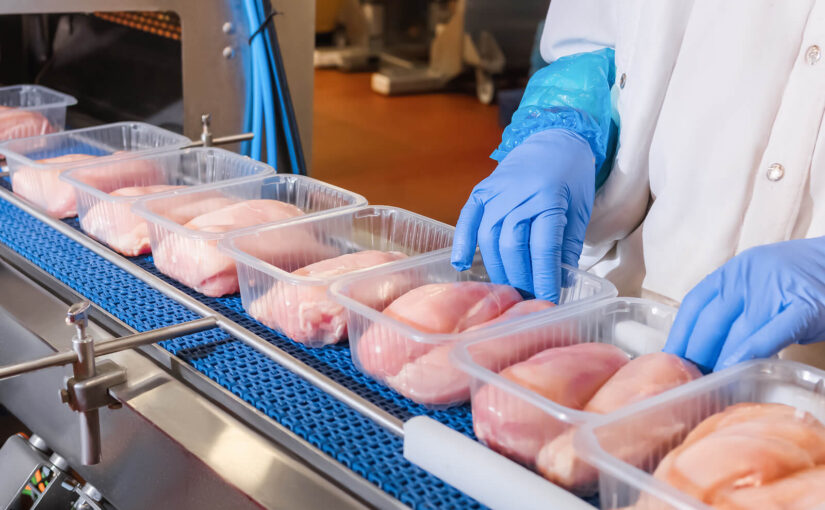Have you ever wondered what impact your meat-eating diet has on the environment?
As the climate crisis continues and we look for more ways to reduce our carbon footprint, rethinking our food choices to be more environmentally friendly is a good place to start.
Why is eating meat bad for the environment?
There are several reasons why eating meat is considered bad for the environment. From the physical amount of space meat farming requires, to the greenhouse gases that come with meat production, climate experts have suggested that reducing our meat consumption is one of the single best things we can do to tackle climate change.
Carbon emissions of meat farming
Recent studies have found that nearly 60% of greenhouse gases from food production come from meat, almost twice the pollution of plant-based foods.
This isn’t just down to the methane that livestock like cows, pigs, and other animals, emit. The pollution also comes from farm machinery, fertilizers, the transportation of products, and more. Beef production alone accounted for a quarter of these emissions – to produce a kilogram of beef creates 70kg of emissions.
How does eating meat cause deforestation?

Meat farming requires a vast amount of land and can decimate the local environment. In places like South America and South-East Asia, vital forests have been felled to make way for meat production. Experts have estimated that around 80% of the deforestation in the Amazon rainforest is due to cattle rearing.
The animals’ food sources have also been linked to climate change. Trees are cut down to make room for soy production, most of which ends up as cattle feed. Together, this makes for a devastating impact on the ecosystem.
How to eat meat sustainably
While reducing your meat consumption is encouraged by environmental scientists, there are ways to eat meat in a more sustainable manner too.
Shop local
Choose locally sourced meat products to minimise the carbon emissions produced by transportation. Shop at local butchers to obtain more knowledge about where your meat has come from. Many of these organically reared cattle have experienced better standards of living too.
Livestock methane capture
Recent years have seen farmers look for ways to reduce their greenhouse gases, including limiting the amount of methane released into the atmosphere. Livestock methane capture is a relatively new concept but essentially involves capturing the gases produced by animals such as cows and pigs.
This can be done via a ‘burp-catching mask‘, turning manure into usable energy, and more. Scientists and farmers are working alongside one another to seek new, accessible ways of managing livestock methane. Meat eaters can lend their support by choosing meat from these forward-thinking farms.
Self-sufficiency

While you may not have the option of keeping a cow in your back garden, being more self-sufficient when it comes to your diet is another step towards eating meat sustainably.
Consider keeping smaller livestock such as chickens – they can be used as a source for chicken meat, or eggs on a more regular basis.
While it may not be meat, growing your own fruits and vegetables is another way to reduce the carbon footprint of your diet and become self-sufficient with your food.
Check food labels
Check the labels of your meat products before buying them to ensure that you are buying local, ethically sourced goods.
Be sure to read the small print, too – some companies and supermarkets have come under fire for their misleading packaging, including displaying large open fields on meat that has been battery reared. Always read the entire packaging to be sure of its sustainability.
What is a vegetarian?
A vegetarian is someone who does not eat meat or fish, while a vegan is somebody who does also not consume any animal byproducts, including milk and eggs.
Studies have found that following a vegetarian or vegan diet can reduce your carbon emissions by up to 54 and 102 percent respectively. This is why scientists often encourage people to give up their meat-eating habits, collectively calling for a global rethink on dietary choices.
Why is being vegan good for the environment?
Vegetables and pulses – core items in a vegan diet – use less land and emit fewer greenhouse gases than meat farming. The Vegetarian Society has estimated that not eating meat for one year can save the same emissions as taking a small car off the road for six months. Two and a half times less land is required when following a meat-free diet, while a single chicken breast takes 735 litres of water to produce.
Going meat-free also addresses concerns around animal welfare and overfishing in the world’s oceans. The latter allows for habitats to be restored to their natural balance and encourages a healthier ecosystem.
How to follow a vegetarian/vegan diet

Giving up meat and animal products is the main thing when following a vegetarian/vegan diet. Foods like nuts, seeds, and beans provide adequate nutrients also found in meat. However, you may find that an adjustment period is necessary.
To help this, start by slowly cutting down on the amount of meat in your meals before making the switch to a full vegetarian/vegan diet. Research what vitamins and minerals are in your vegetarian meals too, and consider introducing supplements into your diet if needed.
Many vegetarians/vegans also eat more organic and naturally made products. This can go beyond your food choices – check if your beauty and cleaning products are vegan-friendly and/or carbon neutral as well.
Following a vegetarian/vegan diet is all about being more conscious of your food choices and ways of eating. Use this as an opportunity to also consider the environmental impact of your wider lifestyle and make lasting changes to reduce your carbon footprint.
